You are here
Mount St. Helens National Volcanic Monument
Mount Shasta + Medicine Lake Area, California
Zion + Bryce Canyon Area, Utah
Trinity Alps + Marble Mountain Wilderness, California
Umpqua Wilderness, Oregon
Rocky Mountain National Park
Whiskeytown National Recreation Area
Northern Oregon Coast, Oregon

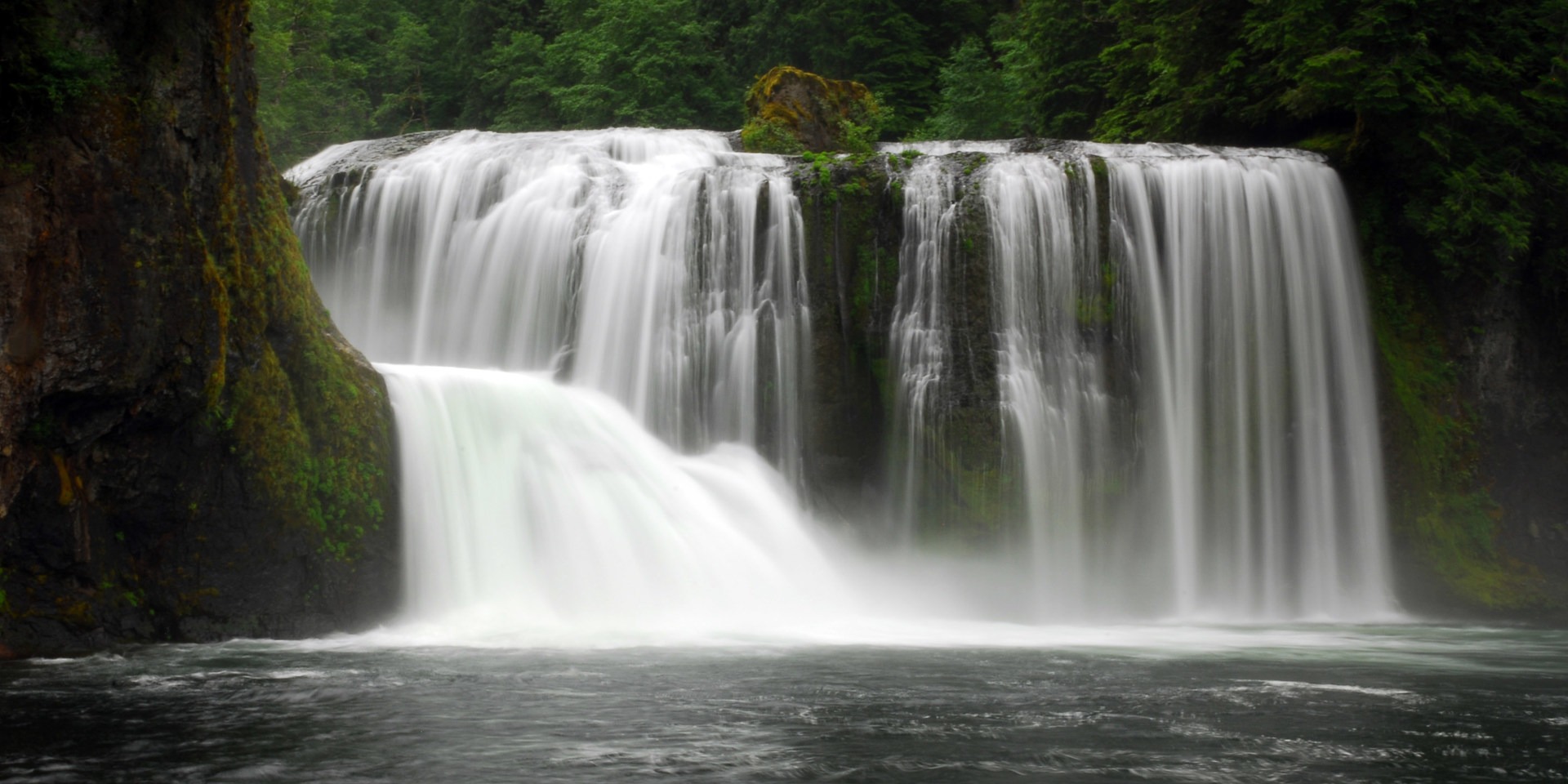
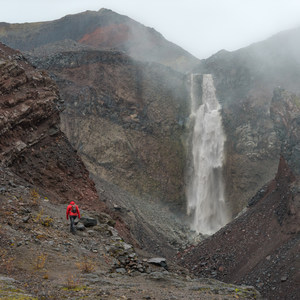
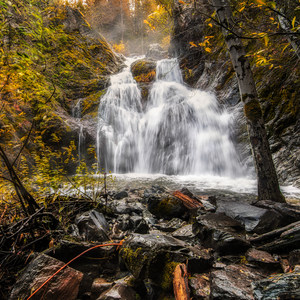
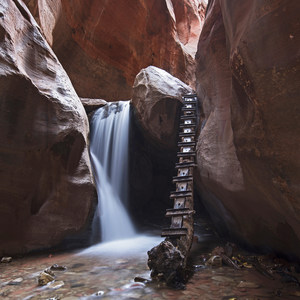
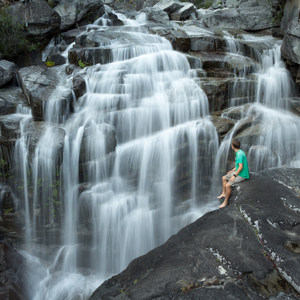
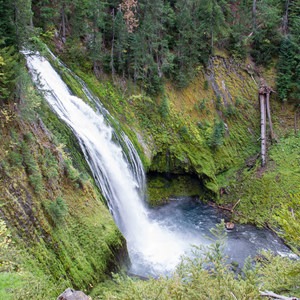
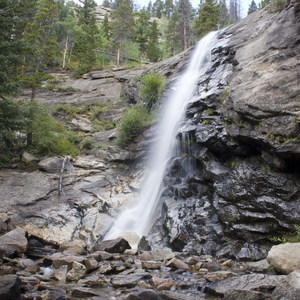
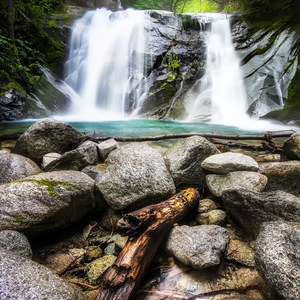
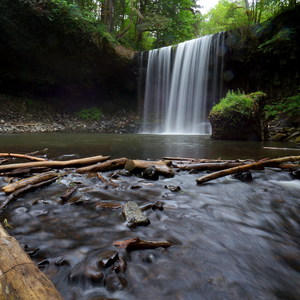



Comments
Sign In and share them.